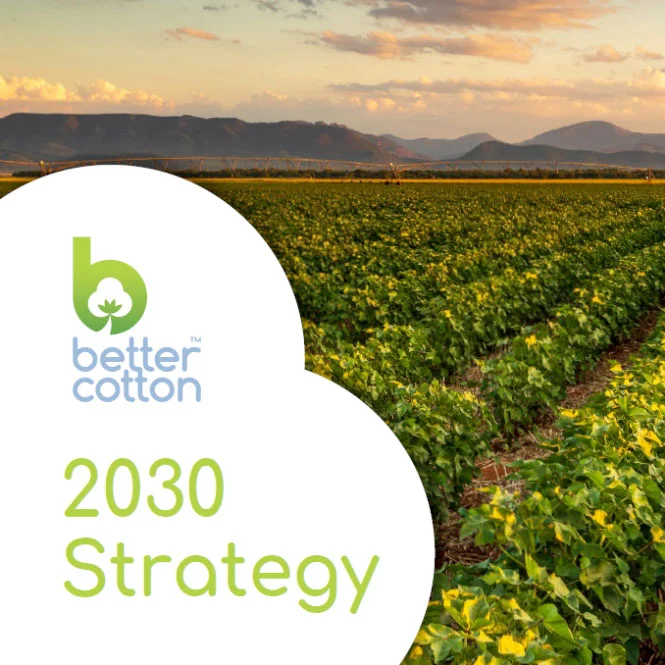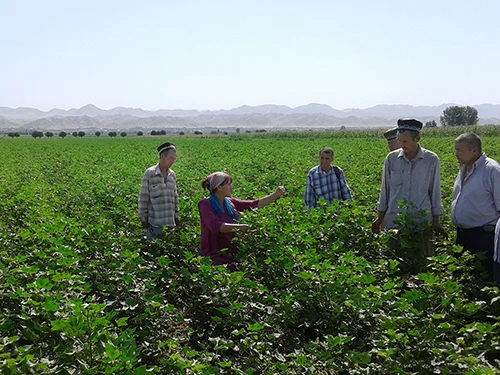
Better Cotton in Tajikistan
93% of Tajikistan’s land is mountainous, but even with such rugged landscapes, the agricultural sector plays a critical role in the country’s economy. In fact, cotton supports more than half of the rural population in Tajikistan.
Tajikistan is the first country in Central Asia to work with the Better Cotton Initiative. Since gaining independence from the Soviet Union in 1991, significant liberalisation and partial privatisation has taken place in the cotton sector, including privatisation of the ginning sub-sector, liberalisation of input prices, privatisation of financing and marketing of cotton, restructuring of cotton farmlands and partial privatisation of cotton farms through collective land tenure.
Tajikistan is still relatively unknown in the global cotton market, and Better Cotton’s Programme Partner, Sarob, is engaging with other stakeholders to boost demand for the country’s more sustainably grown cotton and further support its cotton farming sector.
Better Cotton Partner in Tajikistan
Sarob, a cooperative of agronomists that provide agricultural advice and support to cotton farmers. They help Better Cotton Farmers develop and implement more sustainable, water-efficient farming practices like precision irrigation and soil moisture testing. They are also working to secure funding to strengthen and scale the Better Cotton programme in Tajikistan.
Tajikistan is a Better Cotton Standard Country
Find out what this means
Which regions grow Better Cotton in Tajikistan?
Better Cotton is grown in the Khatlon and Sughd regions.
When is Better Cotton grown in Tajikistan?
In Tajikistan, cotton is planted in April and harvested from August to November.
Sustainability challenges
Water scarcity is a major concern for farmers and their communities in Tajikistan as temperatures regularly exceed 30 degrees Celsius in the summer and more than 90% of agricultural land is irrigated rather than rain-fed.
Farmers also typically rely on the country’s old and inefficient water channels, canals and irrigation systems to water their fields and crops. To help Better Cotton Farmers address this issue and make the most of the water available, Sarob partners with Helvetas and the Alliance for Water Stewardship to implement the WAPRO framework in Tajikistan.
Poor working conditions and gender inequality are other challenges to sustainable production in Tajikistan. Many farmers in the country struggle to ensure contracts and safe working conditions for seasonal cotton pickers, and even though female farmers make up a large proportion of the farming workforce, they are typically unable to own farms. Sarob continues to work with farmers and farming communities to address these challenges.
Find out more about the outcomes farmers are experiencing by participating in the Better Cotton programme in our latest Annual Report
I want to help farmers with less experience combat water challenges by taking a precision irrigation approach, using water sparingly to grow healthy plants. Witnessing the results of new techniques on my farm helps them understand the benefits before committing to making changes on their own farms.
When workers have a moment to relax, they often ask me questions about cotton growing – everything from the benefits of higher quality seeds or reducing soil acidity to identifying the insects they see in the fields. Often, I run question and answer sessions to address common challenges, and I share all the information with my team, so that other Learning Groups can benefit too.
Get in touch
Contact our team via the contact form if you’d like to learn more, become a partner or you’re a farmer interested in farming Better Cotton.




